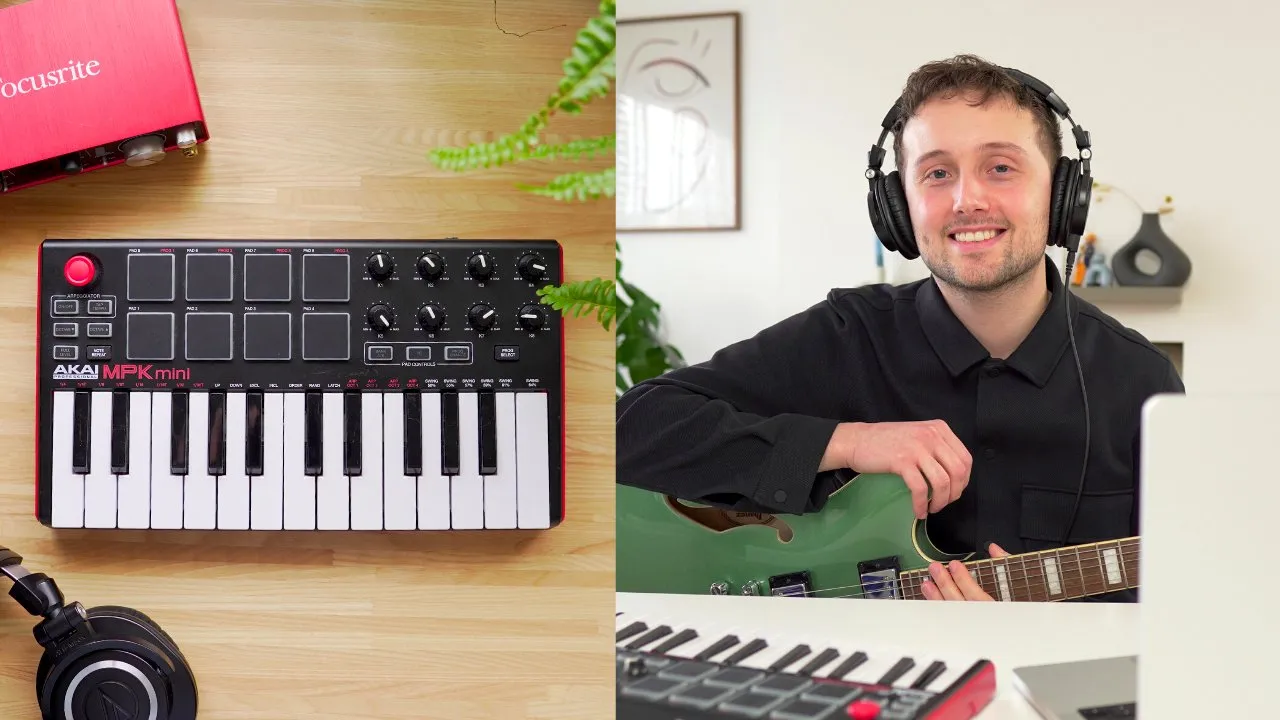
An introduction to music theory 
This free course provides an introduction to the fundamentals of music theory and notation, including staves, clefs, rhythm, and pitch. Gain a comprehensive understanding of the basic building blocks of music. ▼
ADVERTISEMENT
Course Feature
![]() Cost:
Cost:
Free
![]() Provider:
Provider:
OpenLearn
![]() Certificate:
Certificate:
Free Certification
![]() Language:
Language:
English
![]() Start Date:
Start Date:
Finished
Course Overview
❗The content presented here is sourced directly from OpenLearn platform. For comprehensive course details, including enrollment information, simply click on the 'Go to class' link on our website.
Updated in [February 21st, 2023]
1. Music Theory: Learners can gain an understanding of the basic building blocks of musical theory and notation, such as music staves, clefs, rhythmic and pitch. They can also learn about the fundamentals of music composition, including melody, harmony, and rhythm.
2. Music Notation: Learners can learn how to read and write music notation, including the use of symbols and notation to represent musical sounds. They can also learn about the different types of notation, such as standard notation, tablature, and chord charts.
3. Music Composition: Learners can learn the fundamentals of music composition, such as melody, harmony, and rhythm. They can also learn about the different types of musical forms, such as sonata, rondo, and fugue. They can also learn about the use of musical instruments and how to create their own compositions.
4. Music Performance: Learners can learn about the different aspects of music performance, such as vocal technique, instrumental technique, and improvisation. They can also learn about the different types of musical ensembles, such as orchestras, bands, and choirs. They can also learn about the use of technology in music performance, such as digital audio workstations and MIDI controllers.
[Applications]
Students can apply their knowledge of music theory to create their own compositions, transcribe music, and understand the structure of existing pieces. They can also use their understanding of music notation to read and write music, and to develop their own musical skills. Additionally, students can use their knowledge of music theory to better appreciate and understand the music of other cultures.
[Career Paths]
1. Music Teacher: Music teachers provide instruction in music theory, composition, and performance to students of all ages. They may teach in schools, universities, or private studios. As technology advances, music teachers are increasingly incorporating digital tools into their lessons.
2. Music Producer: Music producers are responsible for overseeing the production of music recordings. They work with artists to create the desired sound and ensure that the recording process runs smoothly. As the music industry continues to evolve, music producers must stay up to date on the latest trends and technologies.
3. Music Composer: Music composers create original music for a variety of purposes, such as film scores, video games, and commercials. They must have a strong understanding of music theory and composition techniques in order to create effective pieces. As technology advances, music composers are increasingly incorporating digital tools into their compositions.
4. Music Therapist: Music therapists use music to help people with physical, emotional, and mental health issues. They may work with individuals or groups to help them cope with stress, manage pain, and improve their overall wellbeing. As the field of music therapy continues to grow, music therapists must stay up to date on the latest research and techniques.
Course Provider

Provider OpenLearn's Stats at AZClass
Discussion and Reviews
0.0 (Based on 0 reviews)
Explore Similar Online Courses

Scrum in 60 minutes! Agile Scrum from zero to Professional Scrum Master

AQA Physics Paper 2 Revision Playlist for Combined and Separate Science GCSE

Python for Informatics: Exploring Information

Social Network Analysis

Introduction to Systematic Review and Meta-Analysis

The Analytics Edge

DCO042 - Python For Informatics

Causal Diagrams: Draw Your Assumptions Before Your Conclusions

Whole genome sequencing of bacterial genomes - tools and applications

Orchestral Music Composition & Music Theory for Video Games

Music Theory for Songwriters: From Beginner to Producer


Start your review of An introduction to music theory